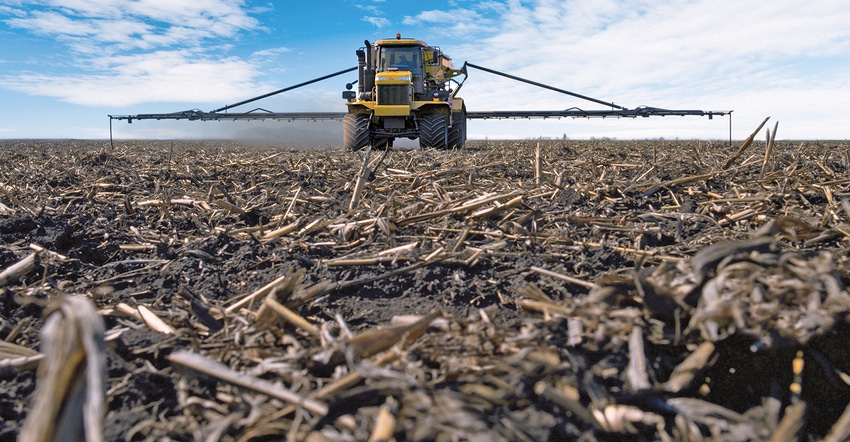
Have you noticed that North Dakota State University doesn’t use yield goals anymore to calculate fertilizer rates for most crops? I asked Dave Franzen, NDSU Extension soil specialist, who has the led the development of the new North Dakota Fertilizer Tables, about why yield goals were dropped:
Why are there no yield goals in the fertilizer recommendations? The reason is that fertilizer recommendations (with the exception of high yield dry bean under irrigation, such as navy beans that might yield up to 4,000 pounds per acre in a good year) are not yield-goal formulas.
The most important reason for abandoning yield goal as a consideration in fertility recommendations is that the data from modern fertilizer rate trials indicate that a similar rate of nutrient results in the highest yield regardless of the maximum yield in any experiment. In other words, the rate of nutrient resulting in the highest yield in a low-yield environment was similar to the rate that resulted in the highest yield in a high-yield environment.
A logical way to explain this is that low-yield environments are most often the result of too much water or not enough. Under dry soil conditions, microbial directed release of N from organic matter and residues is very slow and total release is very low. Root systems are often shallow, as the soil dries at a certain depth, and roots cannot grow through dry soil.
Most importantly, N moves to the roots through the process of mass flow, where the “mass” is water, which flows to the root because of the deficit, or suction, produced by a healthy plant pulling water from the surrounding soil and moving it up through its leaves. When there is no water (mass), there is no flow. The result is that it takes far more N per bushel to produce a crop than in a more “normal” year.
In a wet year, microbial mineralization is again low, because most microorganisms (phytophthora zoospores not included) do not like to swim. Also, root systems do not grow into saturated soil (at least the crops we normally grow in this region), so the plant is essential growing in a pot of soil. Finally, there can be severe losses of N due to denitrification and leaching depending on soil texture and rainfall patterns. The result is that in a wet year it takes far more N per bushel of yield achieved to produce the crop than in a more normal year.
The other extreme happens when soil moisture conditions are ideal. I have had many calls that can be summarized thus: I fertilized for 150 bushels per acre corn and it made over 200! Or I fertilized for 60 bushel per acre spring wheat and it nearly made 100 bushels per acre. Where did the N come from?
In an ideal year, mineralization of N is very high. In 2016, a year when moisture and growing conditions were nearly ideal, I had N-rate plots where the zero-N treatment with low beginning soil nitrate made 180 bushels per acre corn and 70 bushel per acre spring wheat. I estimated overall that the soil released 100-150 pounds of N per acre depending on the soil. I have never seen anything like it here.
In addition, there is no restriction to root growth, so roots grow to their full genetic potential. There is enough water in the soil to allow mass flow of N to the roots. The result was that it took far less N per bushel to produce the crop than in a more normal year.
The result of these extremes, and all environments in the middle, is that a similar rate of nutrient is required to produce the highest yield/profit in a low yielding environment as in a high yielding environment.
So, what’s the bottom line? Don’t try to outguess the weather.
Ignore it and fertilize as the N calculators and tables for North Dakota crops indicate, and by doing so be prepared for whatever environment comes our way.
About the Author(s)
You May Also Like






